Wednesday, July 21, 2021 – 9 SUNDIALS IN THE CITY


FROM THE ARCHIVES
WEDNESDAY, JULY 21, 2021
421st ISSUE
10 PIECES OF MODERN
ART IN NYC THAT ARE
ACTUALLY SUNDIAL
SCULPTURES
FROM UNTAPPED CITIES

By the time New Amsterdam was founded in 1664, sundials had been around for millennia. More than that, they’d been replaced by clocks and were antiquated time-keeping objects. Nonetheless, sundials continued to persist and can be found all over New York City. While a few them are in working order, the sundials are remarkable for their historical range, with pieces constructed anywhere from the late 17th century to the present day. These 10 NYC sundials range widely in style and age, creating a mosaic of artistic periods. These unexpected sightings in New York City can be easily mistaken for just art pieces, so when you’re walking around keep an open eye.

Sitting in front of the Queens Hall of Science in Flushing Meadows-Corona Park is a bronze sculpture, 6 feet in diameter. The museum itself is one of the few survivors of the 1964 World’s Fair in Flushing Meadows-Corona Park. After the museum fell into disrepair, it was renovated and opened in 1984. The Sun Sculpture, unveiled in 2003, is roughly 13 feet in diameter and weighs 25,000 pounds. The sundial provides an appropriate introduction to the museum as children learn its function as both clock and impromptu playground, often using it as a makeshift fort.

“Camp Columbia” is currently the only (official) sundial on the Columbia University campus. It’s more popular counterpart though, has since been lost from campus. Considered a university landmark, an original 16-ton granite sphere was donated by an alumni in 1914 and it occupied a central hub of Columbia’s campus. While a campus fixture, the sundial’s granite began to crack and disintegrate leading to its removal, although the base is still there. Many assumed the sphere had been destroyed but, almost 60 years later, in 2001, the sundial resurfaced in a field of Ann Arbor that may or may not have belonged to an individual with university affiliations. The current sundial has a less exalted history, with sculptor unknown. The story behind what happened to the original sundial remains somewhat mysterious and the base remains on campus, engraved with the words Horam Expecta Veniet or await this hour, time will come.

Both a historic house converted to a museum and a NYC presidential haunt, the Morris-Jumel mansion is located in Washington Heights. In addition to the house’s cultural and historical import (home to the wife of Aaron Burr with many visits by George Washington), it is also pervaded with a calm serenity, in large part due to the garden that surrounds the house. The sundial, behind the house and in the middle of the garden courtyard, at the center is one of the few that might actually have been used for time-keeping purposes. Also don’t miss the wonderfully quaint Sylvan Terrace just below the mansion, used often for film shoots.

Yorkville’s Asphalt Green Park, located on the spot where the asphalt of New York roads was first mixed, was nicknamed the “Cathedral of Asphalt.” Despised by Robert Moses as “the most hideous waterfront structure ever inflicted on a city,” the park was hailed by the Museum of Modern Art as a masterpiece of functional design. The sundial at the front of the building is itself a piece of sculptural modernism. “Song to the Sun” is scaled to the parabolic building behind it. The artist, Robert Adzema, constructed the dial to “elevate the spirit as it rises up to celebrate and bring sun and sky to this urban plaza.”
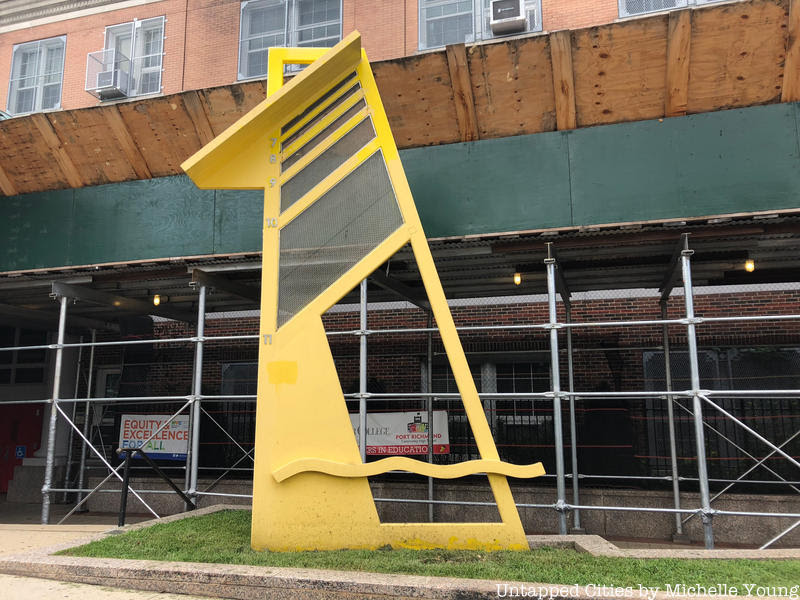
Robert Ademza, the artist behind Asphalt Green’s “Song to the Sun”, created this public sculpture found in PS85, Port Richmond, Staten Island. Similar in overall look to its Asphalt Green counterpart, the large, free-standing sundial sculpture is made entirely from steel. Adzema painted it a brilliant yellow hue to emphasize the shadows and increase their visibility. In addition, the emphasis on the north-south axis, with numbers engraved on the opposite axis, also draws attention to the shadows.
While Central Park has no shortage of benches, the Waldo Hutchins bench stands out as one of the most elaborate. Named after public servant Waldo Hutchins, the bench with the sundial at the center, honors a man who helped create Central Park, promoted the idea of personal fulfillment through public service and the broader need to preserve and protect important pieces of New York City’s history.
The small sundial, which sits at the back of the bench includes a bronze female figure attributed to Paul Manship, sculptor of the ”Prometheus” at Rockefeller Center. Another Latin inscription is on the sundial: ”Ne Diruatur Fuga Temporum,” or ”Let it not be destroyed by the passage of time.’’ You can find the bench immediately to the north of the East 72nd street entrance and south-east of the reservoir.


The Armillary Sphere, built of bronze, is just one of Sutton Place’s iconic and memorable structures. The band on the exterior of the sphere is a version of the equator with golden zodiac signs stamped on it. Inside the ban are the hours in roman numerals. Briefly removed in 2000 after a graffiti incident, the dial was refurbished and placed in another vest park of Sutton Place.


Another example of public art rather than timekeeping device, this monument to the veterans of the Korean War in Battery Park was designed to catch the sun shining directly through the statue on the exact time and day the ceasefire was declared. We look at the monument a little further here.

The McGraw Hill Building is part of the “XYZ” building (with McGraw Hill being the Y at the center), all designed by the firm of Wallace Harrison, also responsible for much of Rockefeller Center across the street. The three international style buildings, particularly 1221 above, are examples of Privately Owned Public Spaces (POPS) gone wrong. The sunken plazas in each one looks unwelcoming and in the case of 1221 Sixth Avenue, potentially not a POPS at all, given its violation of certain qualifications.
For the McGraw Hill buiding however, the addition of a 50-foot tall polished stainless steel structure raises the sunken plaza back to ground level creating a more open atmosphere for pedestrians. “The Sun Triangle” is arranged so each side points to the four seasonal positions of the sun at solar noon in NYC.
OUR LOST SUNDIAL
In 2008, the Alumni of the Metropolitan Hospital School of Nursing presented this sundial to the Octagon developer, Bruce Becker. The sundial was placed in the triangular turn-around outside the building. It was surround by three benches, flowering trees and foliage.
Last year, the current management removed the sundial and benches. We now have an oversize building sign with 3 “888” mounted on the top.
It was a sad loss of an island memento, the loss of a beautiful pear tree and three benches.
WEDNESDAY PHOTOS OF THE DAY
SEND OUR SUBMISSION TO
ROOSEVELTISLANDHISTORY@GMAIL.COM
(Unfortunately some of our neighbors must think that their bare feet are the same art-pieces as in ancient Rome)
TUESDAY PHOTO OF THE DAY
Window of Strecker Memorial Laboratory
that has been shot out numerous times and the MTA has
replaced the window frequently.
MITCH ELINSON GOT IT RIGHT

UNTAPPED NEW YORK
FUNDING PROVIDED BY ROOSEVELT ISLAND OPERATING CORPORATION PUBLIC PURPOSE GRANTS CITY COUNCIL REPRESENTATIVE BEN KALLOS DISCRETIONARY FUNDING THRU DYCD


Copyright © 2021 Roosevelt Island Historical Society, All rights reserved.Our mailing address is:
rooseveltislandhistory@gmail.com

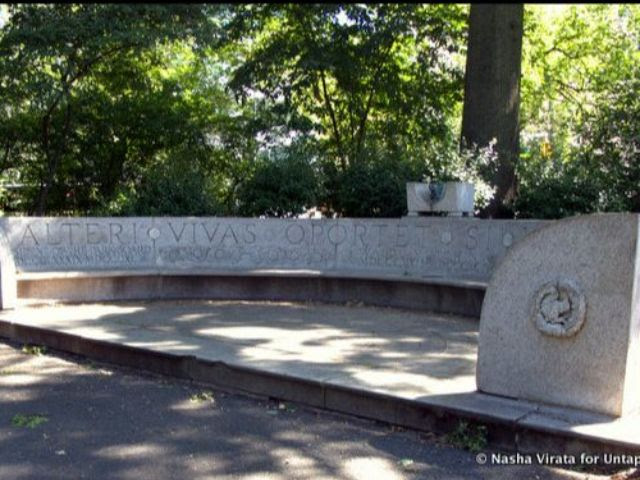
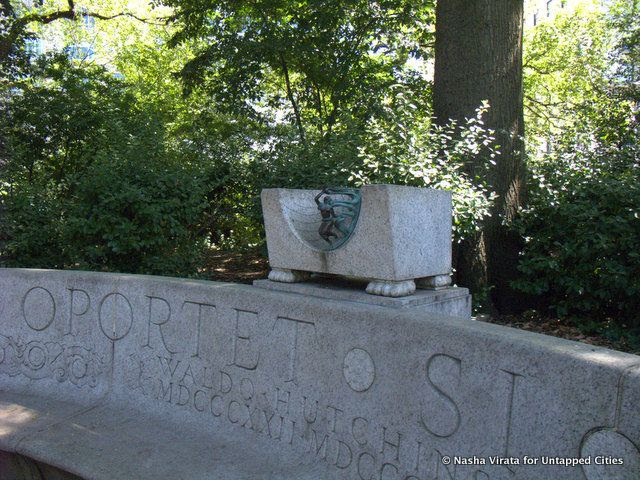
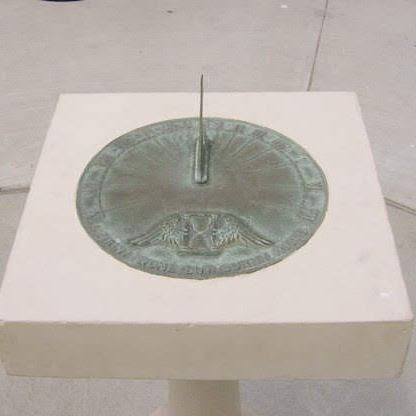
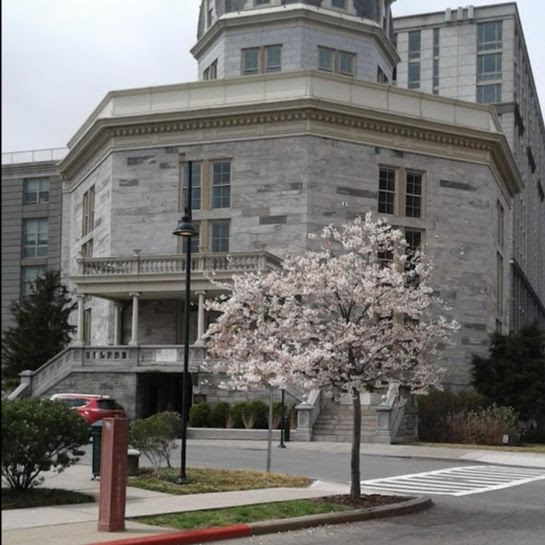
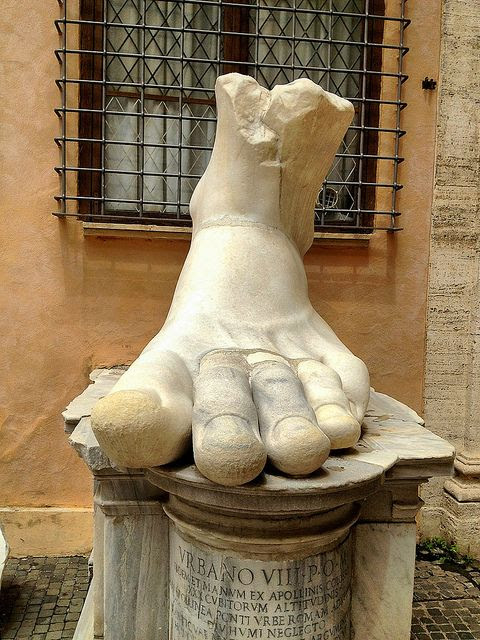

Leave a comment